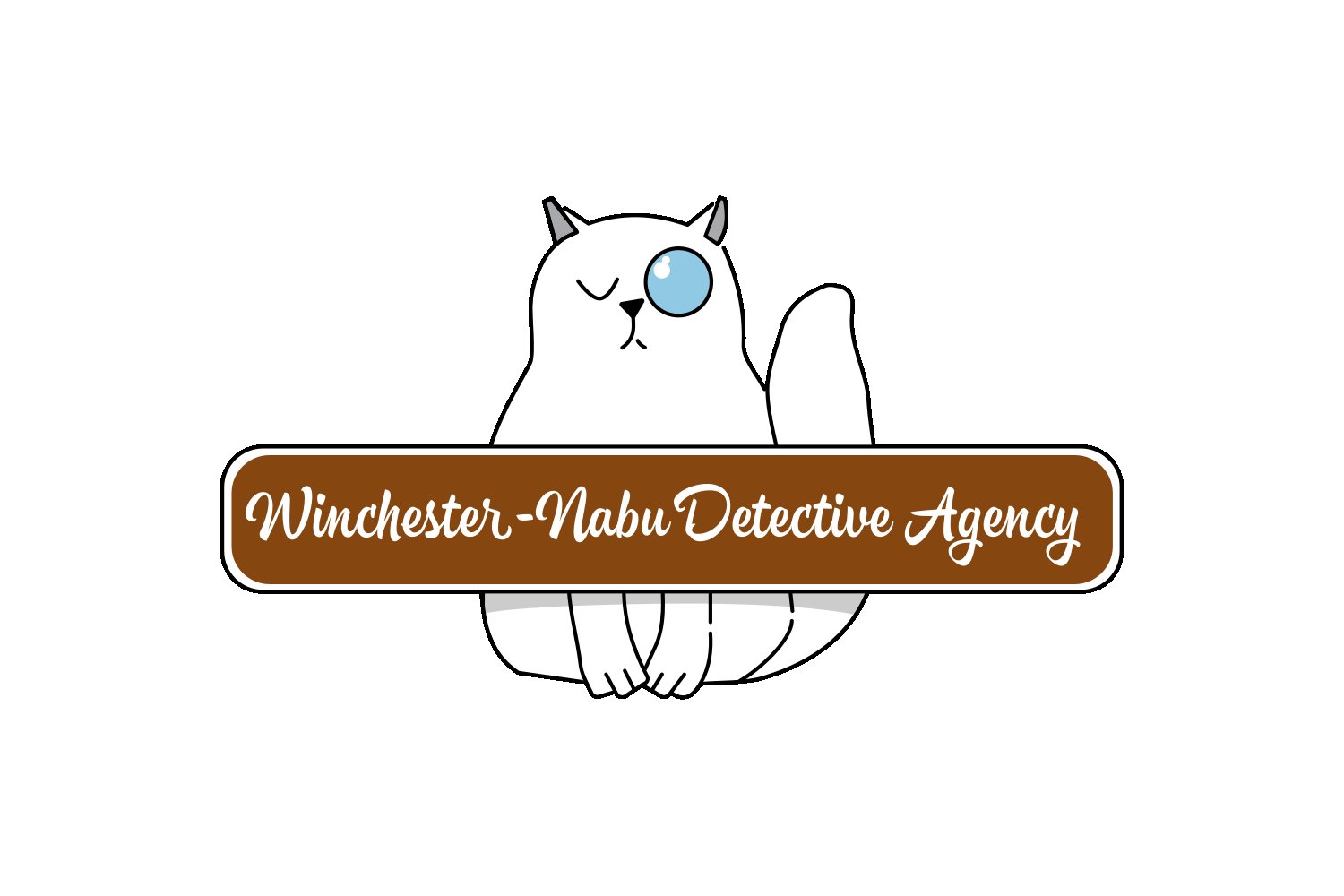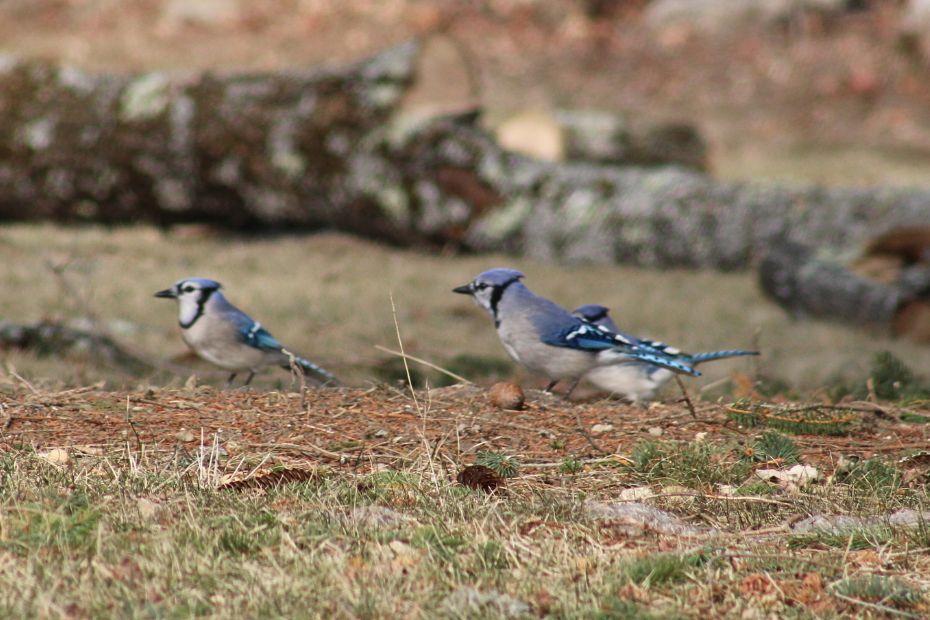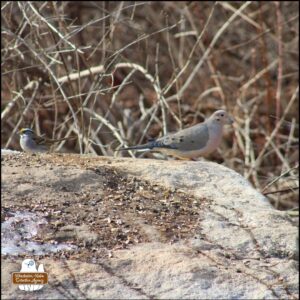This work is supported by the generous backers who adore my cat stories at Patreon.com/amberunmasked and they also get first access to what’s happening with my books and projects.
Where We Left Off:
The detectives had a sad and peculiar homicide to investigate that led some supernatural findings.
H is for Hatching:
Burton Guster Nabu and Oliver Winchester received emails today from their medical staff. We aren’t first to speak out on this danger in the United States, but since receiving personal information from medical professionals, it feels appropriate to convey the warning in this email. The avian flu strain, H5N1, is making headlines. Social media is filled with people virtually screaming, “KEEP YOUR CATS INSIDE!”
No, I’m not keeping Gus inside. He’ll remain a supervised cat though now that we’ve gotten an email from his vet warning that the disease is in our area, Gus should be kept hooked to his leash. He’s going to be pissed.
I am writing to inform you of an unfortunate development. Avian influenza, which is found in chicken and cow populations nationwide, is also transmissible to cats. We have recently confirmed cases of infection at our hospital.
Cats can become infected with avian influenza through contact with infected birds or contaminated environments. Recent investigations suggest that food, particularly unpasteurized milk and raw or undercooked meat, can also be a source of infection for cats. A growing number of house cats have become sick after consuming raw food or drinking unpasteurized milk. Whether direct human-to-cat transmission can occur has not been established, although a recent report of infected cats in the households of two dairy farm workers suggests this is possible. Whether infected cats can infect other cats is currently unclear; however, that possibility cannot be dismissed. While the risk of cat-to-human transmission is considered extremely low, it is likely possible and may increase with prolonged, unprotected exposure to infected animals. Currently, no avian influenza viruses have gained the ability to spread easily and sustainably among people.
Symptoms in cats include fever, lethargy, congestion/difficulty breathing, decreased appetite and also neurologic issues like difficulty walking and seizures. The disease appears to be particularly harmful to cats and can lead to death. Numerous disease processes can result in these symptoms and so diagnosis is not able to be made based on history and exam alone. Testing for avian influenza is available but false negatives are possible, meaning a cat’s test could come back normal even though the cat is infected.
Currently, there is limited information and no specific medical recommendation for treatment of avian influenza in cats beyond supportive care. Therefore, I am strongly urging anyone with indoor/outdoor cats to keep their cats strictly indoors while we wait for more information to become available. I also recommend not offering your cat raw diets or milk. If your cat is exhibiting signs of illness please contact us and do your best to quarantine the cat; avoiding exposure to other pets or people.
Avian influenza has been found in dogs but risk of infection or development of serious disease appears to be significantly lower.
I understand this information is troubling and promise to do my best to continue to reach out with more information as it becomes available. Thank you for taking the time to read this email and for all the love and care you provide to the animals that make up your family.
What Does This Mean for Adventure Cats?
I can’t speak for all #AdventureCats, but I have seen all our favorite Instagram cats being appropriately careful. When they’re in parks and other public places, they’re on their leashes and not allowed to grab birds. Oliver has been happy to return to his observations from the balcony where he loves to watch the birds and talk to them. He often gets his information this way that solves our cases. Gus has been going outside just fine while supervised.
We’re still feeding the birds, deer, and other critters. If there’s a directive from the DEP to pause that as we had to previously, we’ll be sure to comply. Now that the grackles have migrated back, we have to be more alert. Grackles and other blackbirds are ones that love to gather in large numbers which can create a problem when such a dangerous disease lurking.
How Did We Find Feathers to Investigate?
The estate grounds were covered in snow over top layers of ice for so long. It wasn’t gone (mostly) until after February 24th. I had been carefully traversing the invisible, ice-slick path the beasts use in order to put out snacks for the raccoons, squirrels, birds, and other creatures. There weren’t feathers on top of the ice. Gus and I spotted the specific cluster of downy grey and white feathers after the ice finally melted on the farthest side of the yard.
Victimology
I was relieved this time when Gus merely looked at the evidence on the ground and gave a hands- and mouth-off examination. I used a twig to maneuver the feathers for photos. My best guess is that these feathers belonged to a dark-eyed junco.
Back at the office, Ollie checked out my photos too. We ran through other possible identities of the species. We’re still leaning towards the junco because they’re our petite, bulbous snow birds. Their colors in our region are shades of grey that can get close to black with white bellies.
Our second guess is a mourning dove. The colors on the tops of their bodies are obviously easier to see. They shed wing feathers more than any other bird we’ve ever come across. All the wing feathers are grey or “greige” (that grey-beige non-color). So, there are certainly grey feathers in there bodies somewhere. This was verified with featherbase.info which has all the feathers of birds, not only wings and tails as The U.S. Feather Atlas used to (hey, that’s been unavailable for MONTHS).
Suspects
The most prevalent bird-eaters that use the “invisible” path are: foxes, bobcats, stray cats. Raccoons and opossums love eggs allegedly, but I’ve personally never heard anyone say they’ve watched them catch and eat backyard birds. I’m sure if there’s chicken in your trash, they’d be interested (as would bears who also don’t gobble up birds when they can go find fish somewhere).
We have not seen Savile in a noticeably long time. I don’t have much confidence that the tuxedo with brilliant jade eyes is still alive.
The black cat often mistaken as Gus is here a lot. He’s called Bud aka Doppelgus.
MamaCat Marsh is only here from time to time, but that poor sweet lady… she really wants to come in the house. She’s the only roaming cat with a collar and I know she lives down the street.
Joe Vulpesci and Zorro have been here a lot too. I know foxes love rodents, but I’m sure they’d be capable of snatching a bird who was on the ground eating and minding its own business.
What’s odd is that one of the cameras points directly to the crime scene location. We didn’t see a murder happen on camera. Was this a secondary crime scene then? Was the bird killed and carried to that location? Was it then eaten so quickly or on a foggy night when the camera didn’t get decent footage?
Gus and Ollie contemplated all these points and came to the conclusion I will now present.
Case Findings:
The bird was killed by one of the foxes, but we don’t know which one. There were many nights with treacherous wind blowing snow and fog in front of the cameras making the footage useless (and knocking down tons of branches). The victim was killed elsewhere and brought over to the invisible path.
As far as the deadly avian flu, H5N1, we haven’t seen any sick birds this year or over the winter. Based on the vet’s email, testing on a living animal doesn’t seem to bolster confidence in results so I can’t imagine there any pharmaceutical companies working on simple at-home swab tests like we have for COVID-19.
Case Status: Closed
















